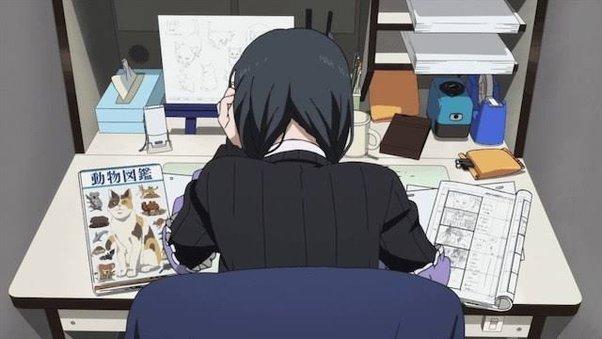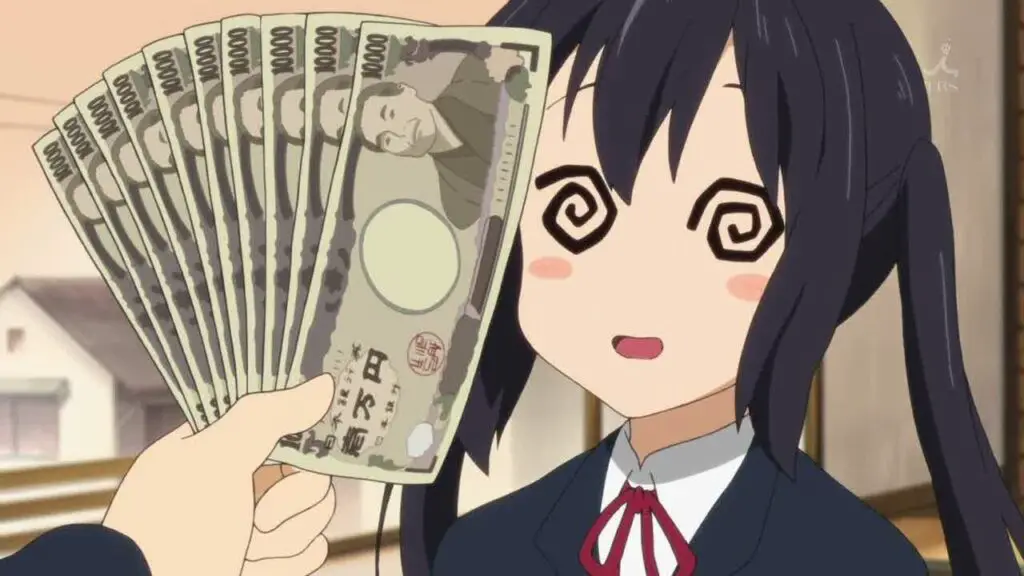Hey Otakus!!!! If you’ve ever looked into the specifics of how anime studios work and seen how much work goes into each individual animation project, you might have questioned, “How do animation studios make money?”

You are definitely not alone. While millions of people enjoy watching animated films and television, few grasp the basic mechanics of the animation industry.
We also need to consider the fact that there are numerous animation studios, and they do not all function in the same way.
That is especially true now, as internet exposure and remote cooperation options have provided new avenues for these studios to support their productions.
Today, we’ll look at a number of these choices, as well as the more typical ways for studios to make money.
Introducing Projects to Distributors
Okay, this is definitely the most obvious one. Animation studios can generate revenue by selling their projects to distributors, streaming services, and so forth.

A studio may begin production on an animated film before selling the project to anyone. Perhaps they are considering distributing the film independently, although such releases can only reach a small audience.
Selling a movie to a big company, on the other hand, could mean that many more people will see the movie, as well as that the bigger company will pay the animation studio a lot of money for that project, though the exact amount would be negotiated based on the studio in question and the movie’s projected viability.
If an animated film is in the middle of production, the larger firm may contribute more cash to allow the studio to complete the film.
This is by far the most popular technique for animation studios to generate revenue.
Anime Studios Using crowdsourcing
Crowdfunding is one of the funding methods available to animation studios nowadays. Sites such as Kickstarter and Indiegogo allow producers to propose their projects and ask average people to contribute money to fund them.
Crowdfunding is probably a better alternative for a brand new animation studio than for an established firm with a lot of name recognition.
In other words, Studio Ghibli should probably not launch a crowdfunding effort. They have numerous additional options for collecting the funds they require, including personal savings.
However, if a small group of amateur animators want to make their first feature film and need some funding, they might easily raise the funds they require, if not more, from online admirers.
Selling Merch
Have you ever heard this piece of advice? If you want to support a band, purchase a t-shirt from them rather than their songs.

This reflects an awful reality for individuals and businesses working in creative industries. Making something and selling it to people isn’t always a good approach to gain money from your efforts.
That’s because bands and animation studios frequently have to collaborate with far larger organisations that manage distribution, streaming, and so on, and those larger companies nearly always get the better deal.
As a result, even if a viewer pays around $10 to watch a movie from their favourite animation studio, the studio may only receive about $3, if not less. Revenue sharing varies greatly from firm to company.
But all of this means that many animation studios must find new methods to monetize their work, and one of the easiest ways to do so is through merchandising.
If an animated movie or show has cute characters that viewers seem to enjoy, creating goods based on these characters is a great idea.
Depending on how the studio makes and sells this stuff, they may make more money from it than they did from the release of the piece.
Let us use Studio Ghibli as an example again…
Ghibli is one of the world’s most well-known animation studios, and many fans consider their classic films timeless.
On top of that, many of those classic films have adorable, well-designed characters who are both likeable and visually appealing.
This is a perfect recipe for successful merchandising:
1. There are millions of fans who love these movies and characters.
2. There’s a ton of source material to draw from when creating merchandise.
3. A big portion of the fanbase is now older, meaning they likely have disposable income to spend on merchandise.
Commissioned/Sponsored Work
Smaller animation studios are unlikely to be able to start another feature-length picture immediately after finishing one.

For starters, depending on how the previous film performed, the studio may not even have enough funds to begin work on a new project.
So, what can a studio like this do to generate additional revenue? One typical response to this topic is to accept commissions or provide sponsored work for a variety of clients.
Have you ever seen an animated commercial, or a commercial or website that contains animated elements?
Even relatively minor tasks like these can bring in a lot of money for an animation studio in desperate need of funding.
There are numerous little animation jobs available, and if an animation firm can demonstrate some previous high-quality work, they will have an easier time attracting clients.
Clients that are pleased with their work may spread the word, resulting in additional commissions. It is feasible for animation studios to rely only on these kind of tasks, and some studios specialise in this type of work from the start.
While commissioned work for advertising or branding may not be the most creatively gratifying animation jobs for some animators, there’s no disputing that it may be a good way to supplement your income, especially between larger projects.
We appreciate your time and attention. Please feel free to leave a comment. Thank you.